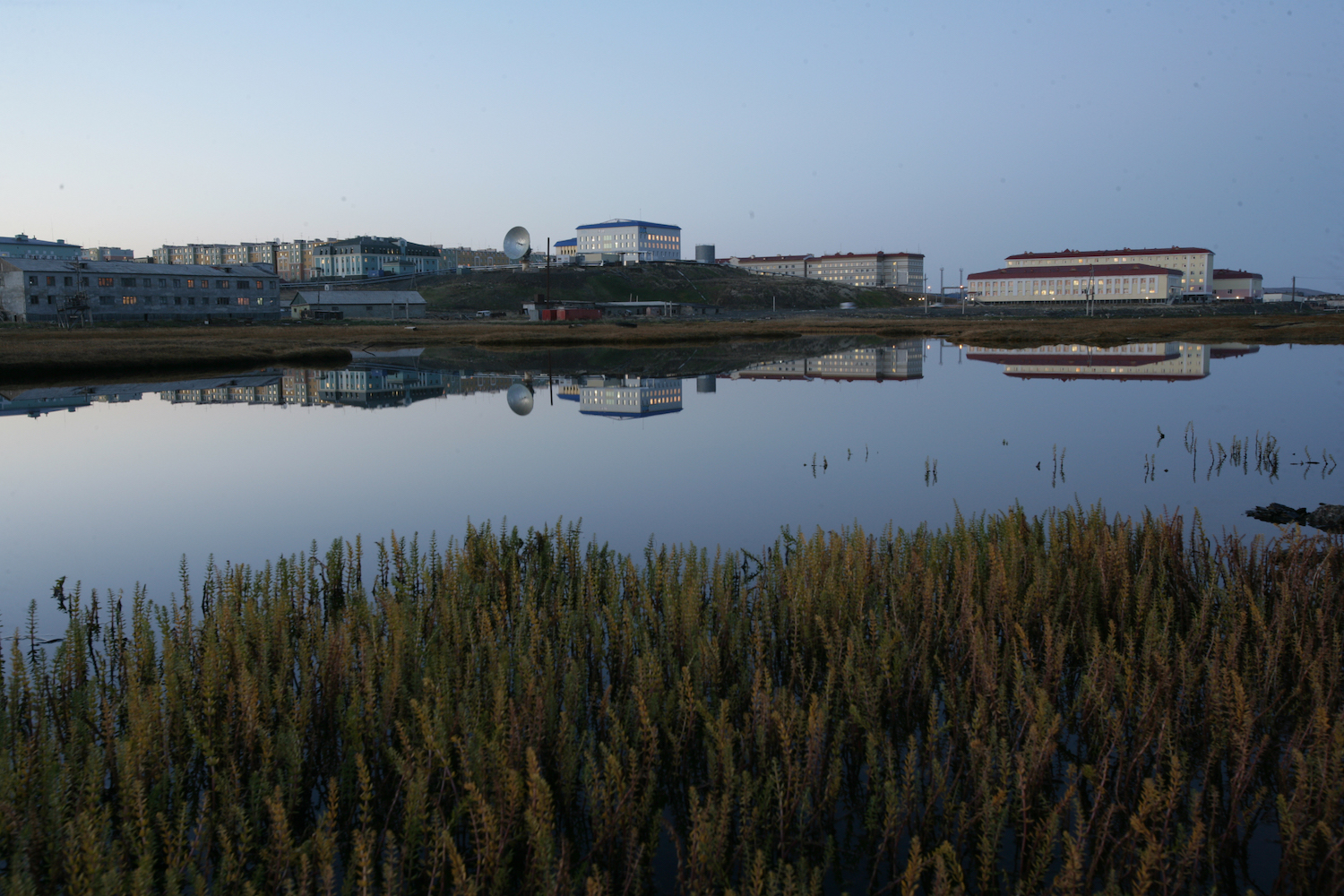ID :
601808
Fri, 06/25/2021 - 13:45
Auther :
Shortlink :
https://oananews.org//node/601808
The shortlink copeid
Russian scientists design Drinking Water Treatment Plant for Arctic settlements

NOVOSIBIRSK, June 24. /TASS/. Experts at the Novosibirsk State University of Architecture and Civil Engineering ("Sibstrin") made a compact block-module drinking water treatment plant for distanced Arctic settlements. Using it, the Arctic regions will be able to settle the problem with access to drinking water, which presently is being transported to many areas, Professor Evgeny Voitov told TASS.
Clean drinking water is a big problem in the Russian Arctic regions. The Arkhangelsk Region is among the regions, where drinking water sources are most problematic, the national Accounts Chamber said, adding people in small hard-to-reach settlements suffer most.
"Our product is a compact drinking water treatment system, which may be installed in towns of shift workers in the Arctic. It may be used for the staff and visitors of the Northern Sea Route’s destinations, of the border zones," the scientist said. "We are aware of problems with water there, but traditional treatment approaches are not sufficient for those regions."
According to him, such systems can be transported easily by any transport available in the Arctic: ground, water or air.
Vitaly Vasilyev, director general of the Rosa (‘dew’) company in Novosibirsk, which makes and serves the Sibstrin water treatment systems, said such systems had been installed in Yakutia’s 14 settlements and in Dikson (the Krasnoyarsk Region). The company produces the systems in an industrial-logistics park near Novosibirsk.
The company, he explained, is making the system so that any person could service it. "Of course, everything depends on what the water is like there and for what purposes it will be treated. Thus, we use an appropriate mode [of treatment]. The most effective treatment is the electro-chemical treatment - this is what we have used in Yakutia. In this case, you need nothing but a mild salt solution and about one hour to instruct a user," he told TASS.
Presently, the company has been working on a new block-module station for an Arctic city. The work will be completed in August, and the station will be commissioned in September.
Treatment technology
The development is based on a three-stage water purification technology, which Sibstrin specialists have invented and patented. First of all, the initial river or underground water is electro-coagulated and aluminum hydroxide flakes in it are formed. They sorb the impurities. After that, the purified water enters the clarifier reactor loaded with fine-grained sand. The clarifier is a tank for cleaning from coarse substances - corrosion products, and aluminum suspensions and impurities formed in the fine grained suspended layer. At the third stage, the water is treated through special filters with active granular materials (for example, activated burnt rock or coals. Having passed through them the water is finally purified). After disinfection, the water can be used for cooking and drinking.
"In the clarifiers, the cleaning is from bottom up, and in addition, we have a 12% expanded loading layer. This way we remove the non-working, so-called dead zones in the places where the loading grains come into contact. Any observer will think the sand does not move, its grains do not move chaotically, like it happens in the backwash process, but this is an effective filtration process in a stationary layer. Thus, we increase the dirt capacity, that is, the time between flushes. By using this technology we increase the filtration speed and productivity by a half compared to conventional filters," Voitov said.
With increased filtration speed and reduced unit size, it may be placed inside a modular unit to be transported to hard-to-reach Northern areas. Notably, there is no need to deliver to the North reagents for chemical coagulation of water.
At the same time, Sibstrin scientists recommend innovative technologies in making filter fillings. Currently, quartz sand is used in filters. This sand is extracted in the Sverdlovsk Region’s Mountain Crystal pit. However, extraction of this material is very expensive.
"We recommend a new filter material - the so-called burnt rock. This is the rock that is formed by natural underground firing of inter-coal inclusions - sandstones, clay," the scientist explained.
Such rocks are extracted in the Kuzbass’ Kiselevsk. They have a number of technological advantages, and are still a new material for filters. "Besides, we have developed a new filter material based on burnt rocks - "active pink sand", which replaces expensive imported materials for reagent-free water purification from iron, manganese and other heavy metals," he said in conclusion.
Read more





